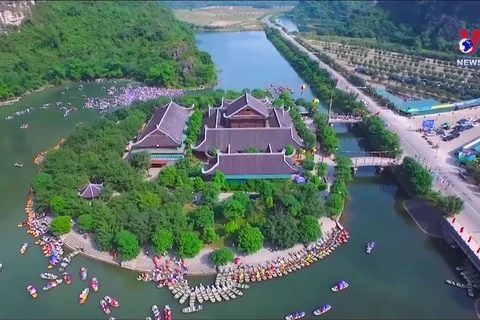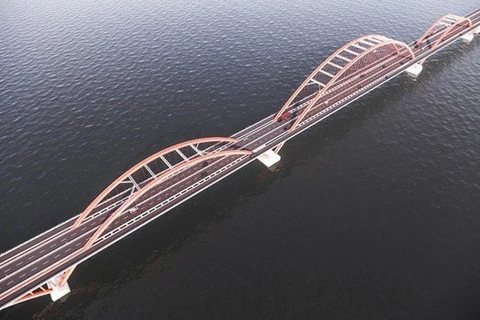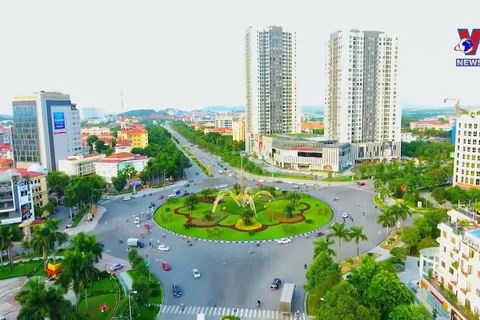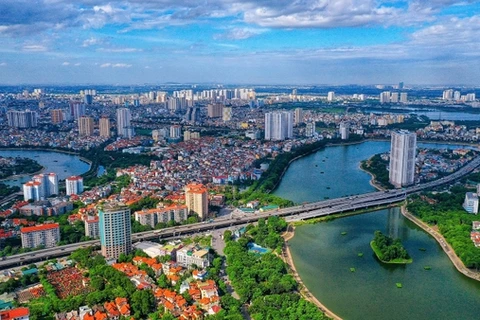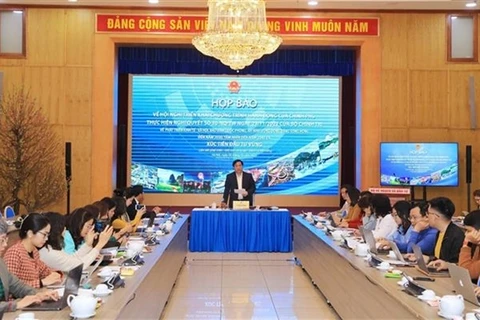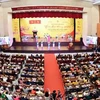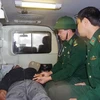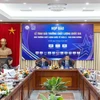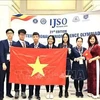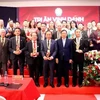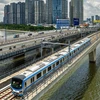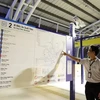Hanoi (VNA) - The new vision for planning in the Red River Delta aims to accelerate breakthroughs, effectively leveraging traditional values while seizing new opportunities to align with global trends.

The 3rd meeting of the Red River Delta Regional Coordination Council will be held on May 9 under the chair of Prime Minister Pham Minh Chinh. At the event, the government will announce the Red River Delta Region Plan for the period 2021-2030, with a vision to 2050.
According to Minister of Planning and Investment Nguyen Chi Dung, the Red River Delta is a region of strategic significance for the country in terms of politics, economy, culture, society, national defense, security, and foreign affairs. Among them, the capital city of Hanoi is the political-administrative center and also the largest economic, cultural, scientific, and technological hub in the country, with a history spanning thousands of years.
As of 2023, the Red River Delta contributed nearly 30.4% of the total GDP, about 36% of export turnover, and 38% of the national budget revenue. The region's gross regional domestic product (GRDP) per capita reached 131.9 million VND (about 5,000 USD/person/year), ranking second in the country.
However, the region's economic growth has not been stable or uniform across localities. Furthermore, the area faces challenges such as the impact of climate change, high-intensity and unsustainable resource exploitation, and environmental pollution.

Minister Dung pointed out that the first task is to develop synchronous, modern infrastructure connecting intra-regional, inter-regional, and international areas. He said it is necessary to effectively utilize the transportation network connecting Hanoi and seaports with localities within the region and inter-regionally while completing national key projects on transportation, digital infrastructure, and urban infrastructure.
The second task focuses on building and enhancing the effectiveness of innovation centers, scientific and technological advancements, startup ecosystems, and forming industry clusters centered on innovation. Coastal economic zones, high-tech parks, industrial zones, and free trade zones need to be promoted and developed efficiently alongside synchronized, modern infrastructure that can compete internationally and regionally.
The third task emphasizes preserving, exploiting, and promoting the cultural values of the Red River civilization, forming centers and heritage corridors in Quang Ninh, Hai Duong, Hung Yen, Bac Ninh, Hanoi, and Ninh Binh.
The fourth task is to accelerate urbanization, strengthen linkages, and form urban chains, with Hanoi, Vinh Phuc, and Bac Ninh developing industrial, urban, and service belts. Meanwhile, the urban chains in Quang Ninh, Hai Phong, Thai Binh, Nam Dinh, and Ninh Binh should be connected to marine economic development through the coastal economic belt.
The fifth task involves perfecting robust regional development and linkage mechanisms and policies to ensure effective coordination in areas such as infrastructure development, industry cluster formation, environmental issue management, and the efficient, economical use and security of water resources.
"These key breakthrough tasks are crucial to achieving the development goals of the Red River Delta Region in the coming period," said the Minister./.
